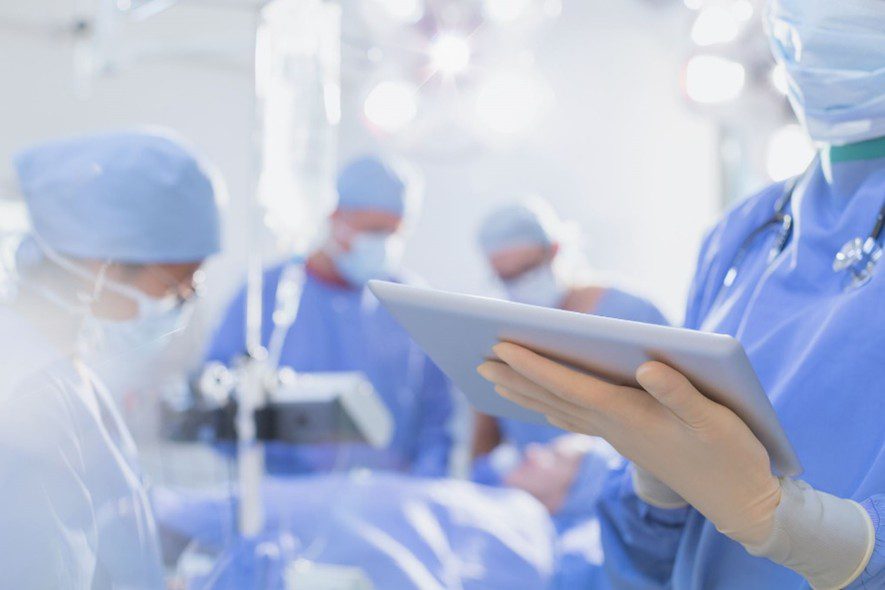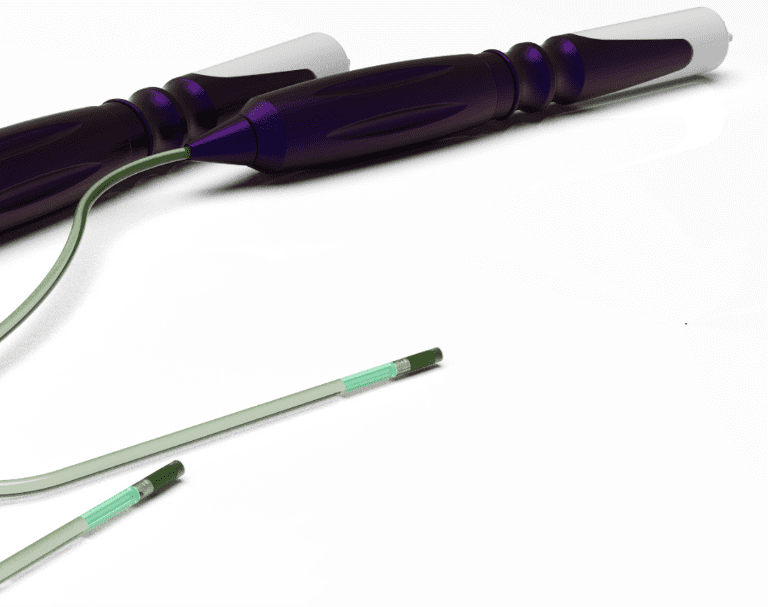The medical field is advancing rapidly, with new technologies making it possible to diagnose and treat patients more precisely. One of the most exciting developments is integrating sensors into catheters, which has greatly improved both diagnosis and therapy. At Medical Murray, we’re leading the way in this innovation, using our expertise to develop advanced catheters with built-in sensors.

How Catheters Have Evolved
Catheters have long been essential tools in medicine, used in everything from draining fluids to complex heart procedures. Through sensor integration, we’ve transformed catheters from simple tubes into smart devices that can collect and analyze data in real time.
Fiber Optic Sensors for Imaging: Enhancing Visualization with Fiber Optics
One of the biggest advances in sensor integration is using fiber optic sensors for imaging inside catheters. Fiber optics provide high-resolution images of internal body structures, giving doctors critical information during minimally invasive procedures.

Application Examples
- Blood Vessel Imaging: Fiber optic sensors help create detailed images of blood vessels, making it easier to find plaques and blockages. This is crucial in procedures like angioplasty and stent placement.
- GI System Diagnostics: Catheters equipped with fiber optics can be inserted into the gastrointestinal tract to accurately detect ulcers, tumors, and other issues.
- Urology Procedures: Fiber optic imaging assists in visualizing the urinary tract, enhancing the diagnosis and treatment of conditions like kidney stones or strictures.
Advantages of Fiber Optic Sensors
- High-Quality Images: Provides clear, detailed visuals for better diagnosis.
- Real-Time Feedback: Immediate visuals help doctors make quick decisions.
- Less Invasive: Thin fiber optics mean less discomfort for patients.
Types of Catheter Sensors
Pressure Sensors
Pressure sensors continuously monitor blood pressure inside vessels or heart chambers. Real-time data is vital during procedures like angioplasty or cardiac ablation, allowing doctors to adjust as needed.
Flow Sensors
Flow sensors measure how fast fluids move, which is essential in procedures where maintaining proper blood flow is critical. They help detect blockages or abnormal flow, ensuring patient safety.
Temperature Sensors
Monitoring temperature is vital in treatments involving heat or cold, like cryoablation. Integrated temperature sensors provide instant feedback, allowing for precise control of therapeutic temperatures.
pH Sensors
pH sensors detect the acidity or alkalinity of bodily fluids, aiding in diagnosing conditions like acidosis or alkalosis. They’re especially useful in gastrointestinal procedures.
Oxygen Sensors
Oxygen sensors measure oxygen levels in blood or tissues, essential for patients with respiratory or heart conditions. They provide critical data during surgeries and in intensive care settings.
Biosensors
Biosensors detect specific biological markers or molecules, such as glucose levels, enzymes, or proteins. They’re invaluable in diagnosing metabolic conditions and monitoring biomarkers during treatments.

Benefits of Sensor-Integrated Catheters
- Better Diagnostics: Real-time data leads to quicker and more accurate diagnoses.
- Improved Treatments: Immediate feedback allows adjustments during procedures, increasing effectiveness.
- Less Invasive Monitoring: Reduces the need for multiple instruments, decreasing patient discomfort and procedure time.
- Informed Decisions: Empowers healthcare providers with actionable insights, improving patient care.
Medical Murray’s Expertise in Sensor Integration
At Medical Murray, we specialize in developing custom, minimally invasive medical devices, including advanced catheters with integrated sensors. Our experience spans fiber optic sensors, pressure sensors, temperature sensors, and flow sensors, positioning us uniquely to deliver comprehensive sensor integration solutions within catheters.
Our team excels in:
- Custom Catheter Design: Creating catheters tailored to specific medical applications and patient needs.
- Advanced Sensor Integration: Utilizing cutting-edge methods to seamlessly incorporate various sensors without compromising catheter performance.
- Quality and Compliance: Ensuring all devices meet strict regulatory standards for safety and effectiveness.
Our commitment to innovation and excellence makes us a trusted partner in the medical device industry.

Looking Ahead
Integrating sensors into catheters is just the beginning. As technology continues to advance, we anticipate even more sophisticated features, like wireless data transmission and AI-driven analytics. By combining different types of sensors, we can create multifunctional catheters that provide comprehensive data to healthcare professionals, further improving patient care.
Partner with Medical Murray
If you’re looking to enhance your medical devices with sensor integration, Medical Murray is here to help. Our expertise can bring your vision to life, improving patient outcomes and driving healthcare innovation forward. Contact us today to get started.
